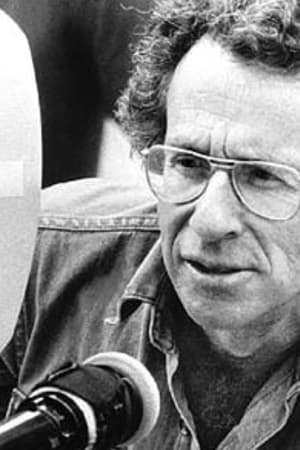
With Strings and Accordion(2024)
On Cuauhtémoc Avenue, near the intersection with Reforma Street, a trio of musicians arrives—members of a fara-fara group. They wear their hats, shirts, belts, pants, and boots. They play the accordion, the bajo sexto, and the tololoche. However, they play for a city dominated by traffic, cars, honking horns, and people rushing from one place to another—a constant movement brought on by urban life, in a space filled with buildings and concrete.


Movie: With Strings and Accordion
Top 3 Billed Cast

Con cuerdas y acordeón
HomePage
Overview
On Cuauhtémoc Avenue, near the intersection with Reforma Street, a trio of musicians arrives—members of a fara-fara group. They wear their hats, shirts, belts, pants, and boots. They play the accordion, the bajo sexto, and the tololoche. However, they play for a city dominated by traffic, cars, honking horns, and people rushing from one place to another—a constant movement brought on by urban life, in a space filled with buildings and concrete.
Release Date
2024-10-18
Average
0
Rating:
0.0 startsTagline
Genres
Languages:
EspañolKeywords
Similar Movies
 6.7
6.7Workers Leaving the Lumière Factory(fr)
Working men and women leave through the main gate of the Lumière factory in Lyon, France. Filmed on 22 March 1895, it is often referred to as the first real motion picture ever made, although Louis Le Prince's 1888 Roundhay Garden Scene pre-dated it by seven years. Three separate versions of this film exist, which differ from one another in numerous ways. The first version features a carriage drawn by one horse, while in the second version the carriage is drawn by two horses, and there is no carriage at all in the third version. The clothing style is also different between the three versions, demonstrating the different seasons in which each was filmed. This film was made in the 35 mm format with an aspect ratio of 1.33:1, and at a speed of 16 frames per second. At that rate, the 17 meters of film length provided a duration of 46 seconds, holding a total of 800 frames.
 8.2
8.2Night and Fog(fr)
Filmmaker Alain Resnais documents the atrocities behind the walls of Hitler's concentration camps.
 7.3
7.3Daybreak Express(en)
Set to a classic Duke Ellington recording "Daybreak Express", this is a five-minute short of the soon-to-be-demolished Third Avenue elevated subway station in New York City.
 7.0
7.0The Sound of Identity(en)
In the spotlight of global media coverage, the first transgender woman ever to perform as Don Giovanni in a professional opera, makes her historic debut in one of the reddest states in the U.S.
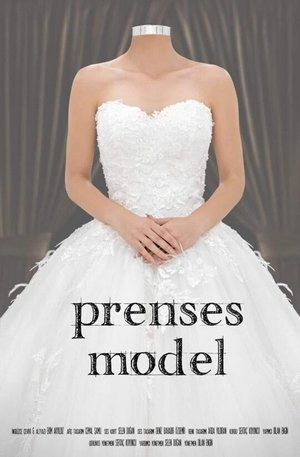 0.0
0.0Princess Ball Gown(tr)
Wedding rituals grounded on non-verbal social agreements represent the perception of society in general. Wedding dress is a symbolic part of these rituals. The process that a wedding dress has went through can be considered as an embodiment of the formation of women identity in society. Like most of the women, wedding dressmakers also dream of being a princess once they wear their wedding dress. On the other hand, dressmakers are certainly aware of the fact that they promote the already existing image of women in society because of their job. While they also recognise the truth is way different.
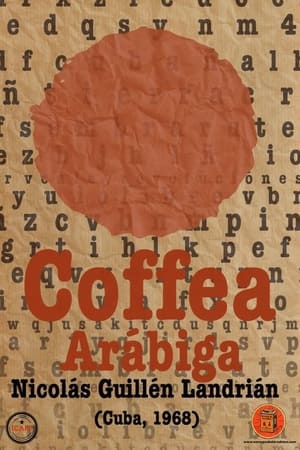 5.2
5.2Arabian Coffee(es)
'Coffea arábiga' was sponsored as a propaganda documentary to show how to sow coffee around Havana. In fact, Guillén Landrián made a film critical of Castro, exhibited but banned as soon as the coffee plan collapsed.
 6.3
6.3Michael Monroe -dokumenttielokuva(fi)
The documentary tells the story how Matti Fagerholm became Michael Monroe. It all began in the late 1970s with Hanoi Rocks, and over 40 years later, Michael Monroe, who still performs solo around the world, is a well known rock icon. The film features not only Monroe but also many international rock superstars and Monroe's mother. The movie covers Monroe's entire career, from tragic turning points to shining moments. In the documentary, Monroe openly talks about his journey towards his dream, the challenges in his career, and the setbacks he has experienced. He has given his all to the genre, never giving up or succumbing to difficulties and misfortunes.
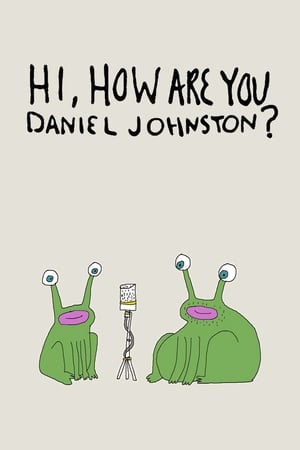 7.3
7.3Hi, How Are You Daniel Johnston?(en)
Daniel Johnston stars in this psychedelic short film about an aging musician coming to terms with the dreams of yesteryear.
 4.9
4.9Visions of Europe(en)
Twenty-five films from twenty-five European countries by twenty-five European directors.
The Unfinished Journey(en)
A short about American life and history produced for the millennium New Year's Eve celebration.
 0.0
0.0Songs of the madmen(en)
The Bauls of West Bengal are nomad musicians who practice a traditional form of concert challenged by the increasing modernization of India. The term "Fous" here refers to those inspired and wandering musicians of Bengal known as Baül. The word Baül is derived from the Sanskrit word "vatul," which means "mad" in the sense that it commonly connotes a more or less frenetic behavior in French. The Baül are peculiar individuals, particularly in their mannerisms, customs, and practices. Although they may belong to either the Hindu or Muslim religion, the Baül refuse to be guided by any social or religious conventions. Freedom of spirit is their only guide. They thus move against the tide of habits, preconceived notions, and general theories. "Le chant des fous" (The Song of the Mad) is a film made by Georges Luneau.
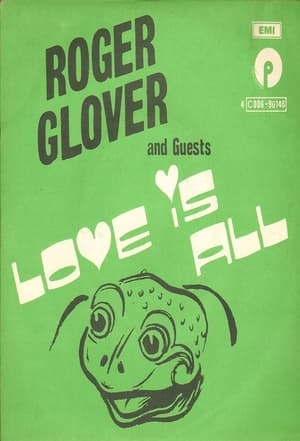 3.0
3.0The Butterfly Ball and the Grasshopper's Feast(en)
A project assembled to musically support William Plomer's (1903-73) book of poems called 'The Butterfly Ball and Grasshoppers Feast'; in which Alan Aldridge had provided the illustrations. British Lion had secured the rights, and commissioned Glover, through Tony Edwards (the Deep Purple manager), to add the musical dimension that it required if it were to be made into a 26-part animated cartoon series, suitable for TV. (Discogs) This is the music video for the song Love Is All, performed by Ronnie James Dio.
Young and Joyful(sr)
A friendless loner takes a walk in a deserted park where he enjoys solitude.
 0.0
0.0Placebo - Protége-Moi(fr)
Controversial director Gaspar Noé pays homage to the orgy scene from Kubrick’s Eyes Wide Shut, filmed in one single fluid shot.
One Night Only(en)
A romantic drama about two couples shifting sexual dynamics over one night in a music bar.
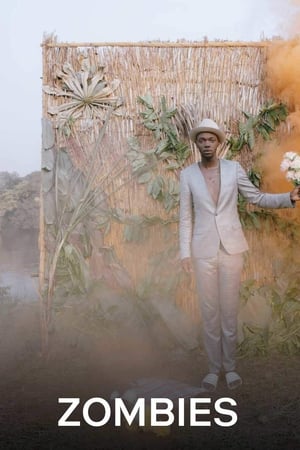 6.1
6.1Zombies(ln)
A journey between hope and dystopia in a hallucinated Kinshasa, from the culture of the hair salon to futuristic solitary clubbing, from an urban parade to a dictator's sense of glory to a modern western in the style of Takeshi Kitano.
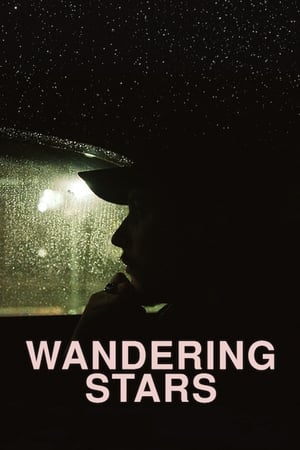 7.4
7.4Wandering Stars(fr)
This film follows the making of Nekfeu's 3rd album, between Paris, Japan, Greece and the United States.
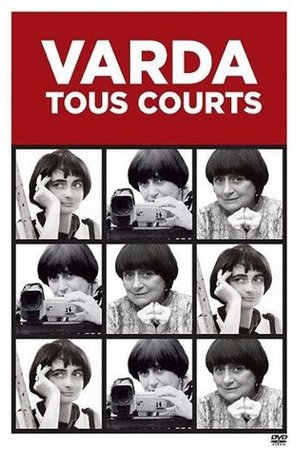 0.0
0.0La Cocotte d'azur(fr)
A short film made with the film end rolls of 'Du côté de la côte'.

